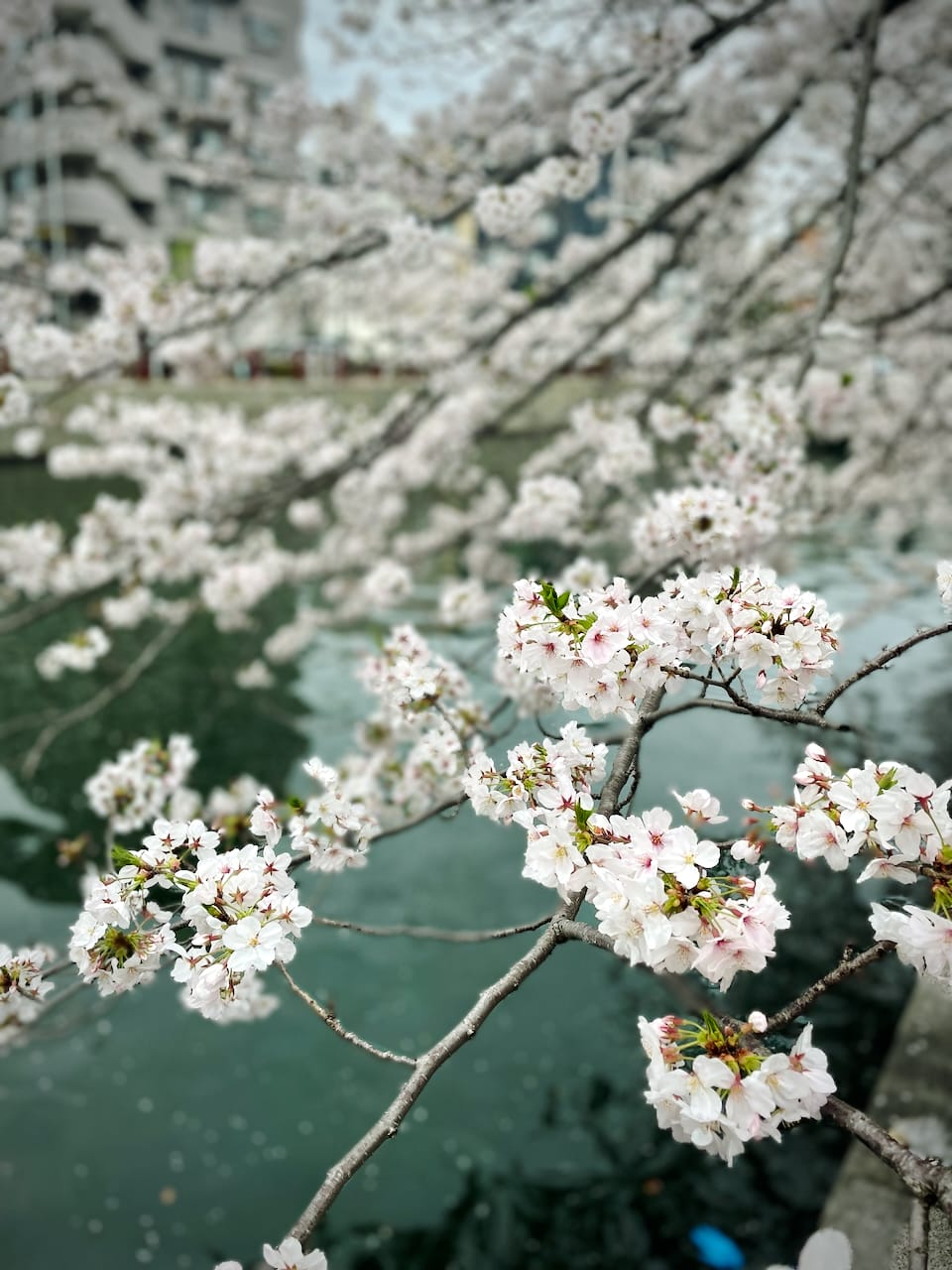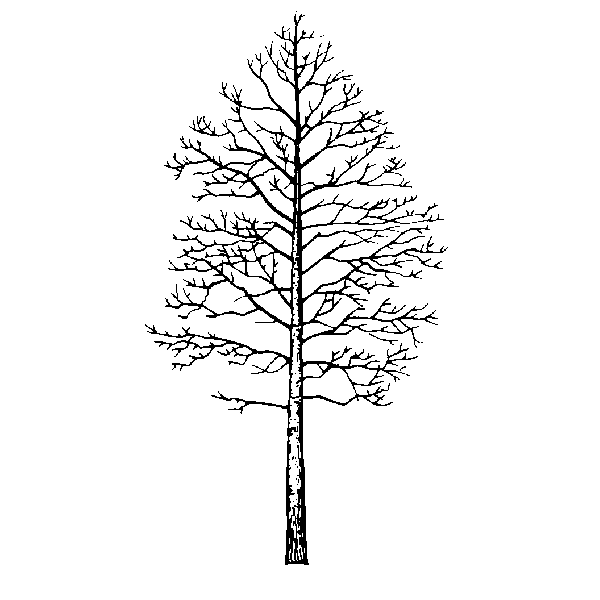Still Spring
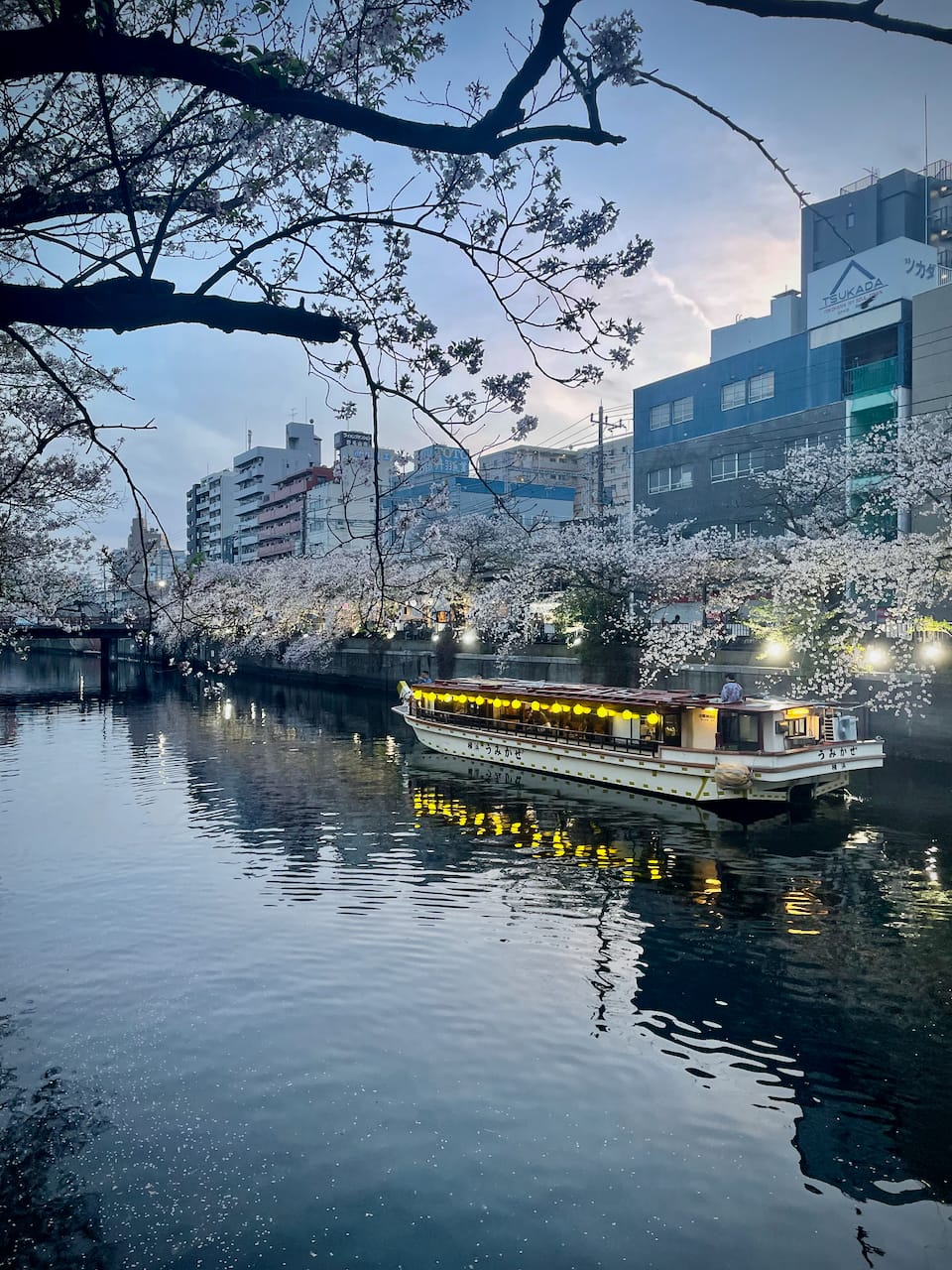
One does not bring change to a garden, but comes to a garden prepared for change, and therefore prepared to change. ~ James P. Carse, Finite and Infinite Games
It’s preview day, the day before the spring exhibition and the Yokohama Triennale official opening. Bus loads of press and Triennale officials will be visiting Koganecho in the afternoon. I’m sitting in KocoGarden feeling decidedly unprepared. Other artists have been feverishly working away getting ready for the opening. My intent, with KocoGarden, was to start empty. I was now doubting that decision. There was nothing to see. Nothing flashy, catchy, impressive. Nothing to prove I knew what I was doing.
The approach had felt right. I was getting down to the simple essence of KocoGarden, that it’s about connection. Connection, as Gabor Maté says, is healing. Physical, emotional and spiritual healing is simply (re)connection with ourselves, with others, with the planet and something larger than ourselves.
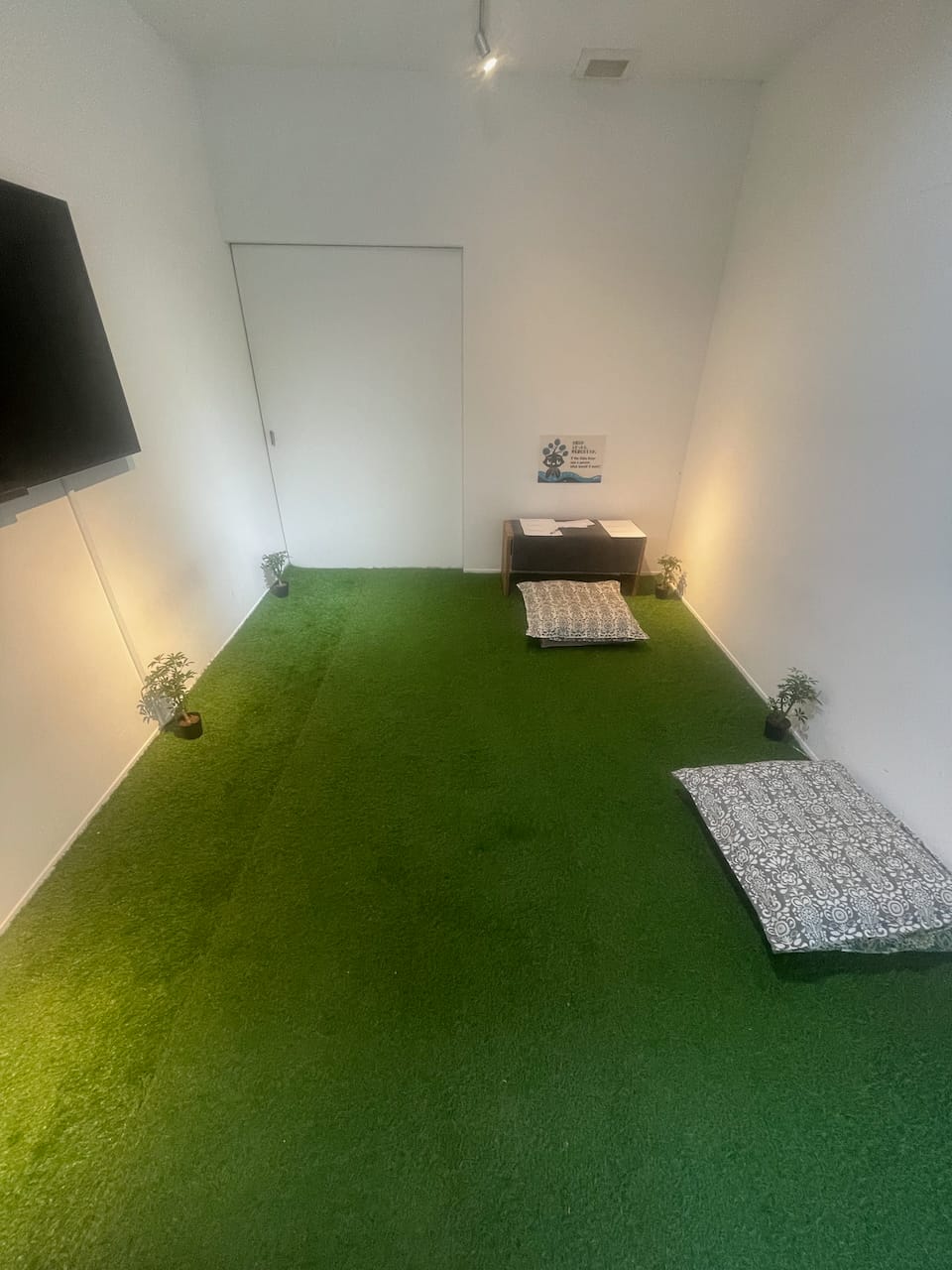
The approach had felt right. Now, sitting here in an almost empty KocoGarden, knowing that important and scrutinizing people would be arriving this afternoon, the decision felt foolish. I didn’t feel ready. At all.
//
A few days ago I spoke with a friend who had recently shown her work at WonderCon. The first day, she sat there with a sense of shame. That’s the word she used. She didn’t have new work to show, and as a result, felt shame. She was sure all the producers and directors and important people with globally recognized brand logos on their jackets were informing each other of exactly how disappointed in her they all were. The sense of shame came with a feeling of frustration, because even though she had brought the same work, she wasn’t the same person. The changes in her meant a change in how she approached and related to her work.
On the second day, however, she flipped the script. She decided she wasn’t going to feel shame. She grounded herself in her own sense of her work, in the private inner-healing she had been doing, and the changes that had come about as a result. She said on that second day she felt present. She felt like a welcoming presence to whoever stopped by, important executive types or a little girl with her family. A little girl did stop by, and spent 5 of her own precious dollars on one of my friend's postcards. My friend saw herself in the little girl. Young, creative and in need of a role model. If my friend had still been stuck in feeling insufficient, stuck in shame, she said she might have missed the beautiful precious moment interacting with the girl. Both of them present to each other.
//
It was a relief to hear my friend’s story. I had prepared for the exhibition in exactly the best way I knew how, just as my friend had prepared in exactly the best way she knew how. We had attended to our own growth as human beings, as well as to our growth as skilled artists. We both spent the time attending to our human-selves and our artist-selves in the best way we knew how. Then, for just a little while, we both doubted the wisdom in us that knew the best way to prepare. I wasn’t alone in feeling the wobble of doubt.
//
If art is a verb the two verbs most central to KocoGarden are listening and speaking. The result of listening and speaking is connection, and connection is healing. This—I am starting to understand—is what KocoGarden is about.
To restate it all in a slightly different way, KocoGarden is about simple but not always easy things like listening, and speaking, and connecting, which is about healing. And all of it is about healing from the illusion of separation. Separation from ourselves, from others, from the natural world and from something larger than ourselves. It’s about reconnecting to the reality of connection. Separation is an illusion, connection is the reality, and healing brings us to that reality.
If listening and speaking are the most important things that happen in KocoGarden, then being prepared, as the steward of KocoGarden, to listen and speak well is the most important thing I can do. If, as the steward of KocoGarden, I am entrusted with holding space that engenders conversation-as-healing the best way to do that is to attend to my own healing.
That’s how I had prepared for opening day. Winter was a winter of the soul, and I had taken the time to attend to my own soul.
It’s one thing to say that’s true. It’s another to feel it with a conviction that is strong enough to withstand the wobble of self-doubt.
I’ve felt the same tension regarding Trembling Aspen, and getting the next issue finished in a way I’m satisfied with. Scratch that. I am currently feeling the same tension, this second, as I type these words while sitting in a Starbucks in Sakuragicho.
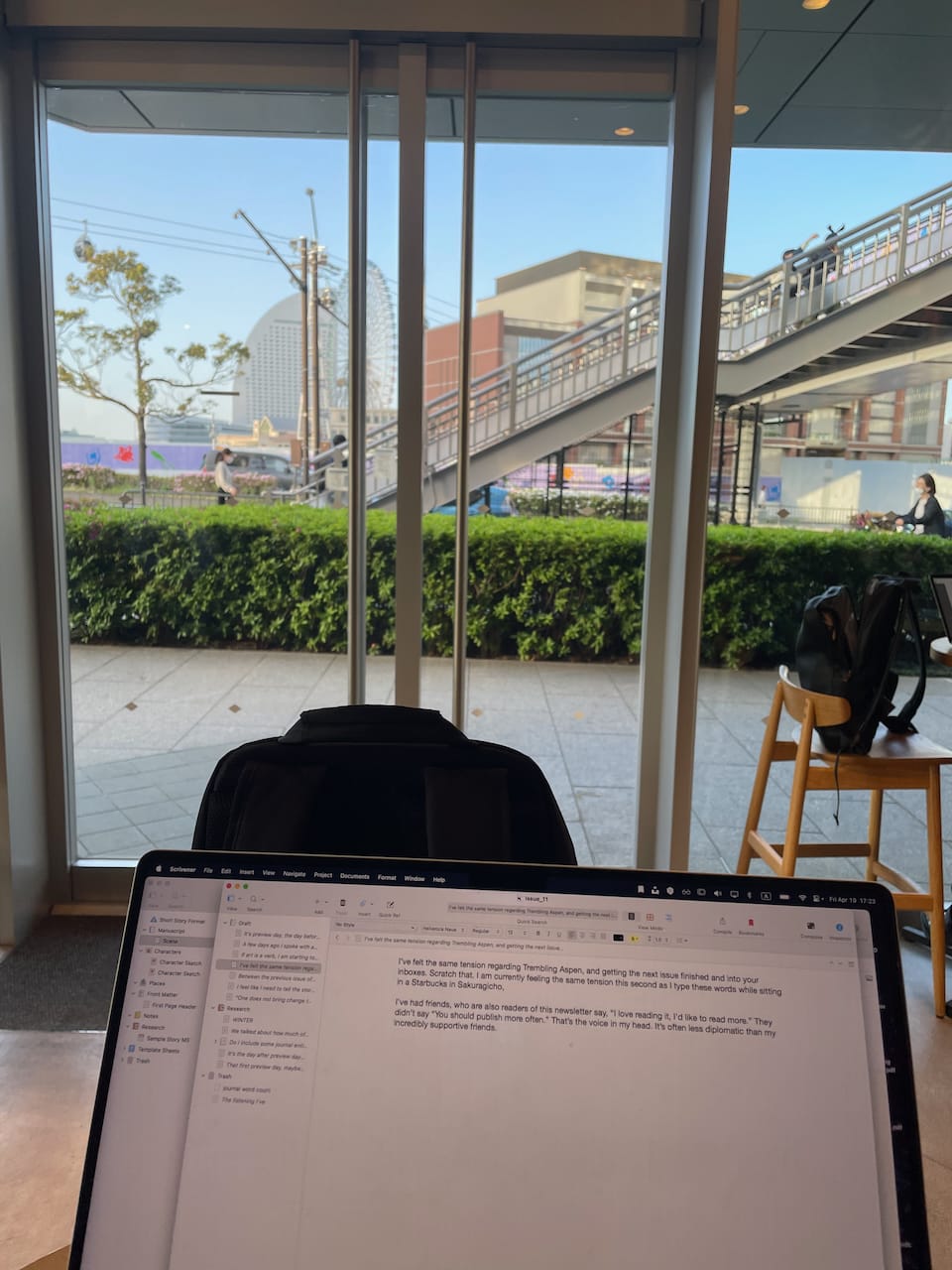
I’ve had friends—who are also readers of this newsletter—say, “I love reading it, I’d like to read more.” They didn’t say “You should publish more often.” That’s what the voice in my head says. It’s less careful with its words than my friends are. I have had to tell that voice that I needed to attend to what I needed to attend to.
It’s one thing to say that to oneself, and it’s another to feel it with a conviction that is strong enough to withstand the wobble of self-doubt.
//
It’s difficult to trust that things will ever grow again in the midst of winter, in the darkness and stillness, when a white blanket of snow on your soul makes you feel chillingly alone.
That’s from my journal a few months ago. It’s what I needed to attend to, to prepare for opening day, and to prepare for this next issue.
Between the previous issue of Trembling Aspen and now—approximately one month—I have made 186 journal entries consisting of 50,669 words. None of those journal entries, my dear friends, will ever see the light of day.
I have created no less than four completely different drafts of this issue using four completely different approaches. Of this final draft, I have removed more than half of what I originally wrote.
On the one hand, what’s left feels woefully inadequate. Not enough. A part of me still wants to impress Trembling Aspen readers, as well as Triennale big shots.
On the other hand, a sakura blossom is exactly the right size. A mycelial cornucopia of growth and regeneration that happened underground, that no one will ever see, announces the wild extravagance of itself in one little blossom. Five petals. Just the right number, just the right size.
It all belongs. Nothing is lost.
That’s also from my journal.
//
Winter
A tree had died
It had stood in a small circular meadow,
its roots in the soil of my heart
The tree had been an invasive species
Shame, planted there
from the land of red and yellow, black and white
where all are precious in his sight
And yet, in this land
tears still flowed while some
stood outside looking in,
the wall between inside and outside
made of brick, but with windows
through which to see the stage plays of
all one was missing
I had left that land
but the seed, sapling and tree
remained
and then died
Summer
brought down the tree
The soil beneath, had not
for a very long time,
been exposed to sunshine and rain
The unusual sensation, so warm and nourishing
and strange
The mulch from the tree
fed the soil
so that nothing,
as is The Way,
is lost
Winter came, as it does
The sunshine and rain stopped
too soon, it seemed,
bone chilling cold
gripped now exposed soil
the first winter of its kind
for this tender plot of ground
Under ground, unseen
the world stays alive
Wisdom finds a way to whisper
over and over again,
mycelial inklings of warmth
which arrive where needed
when needed
Microbial manna of the soul
that remembers the future,
remembers the feasts to come
because it comes from
a larger circle of seasons
and it knows the shape of the world
Spring
announced its arrival
Things started to thaw
Then, as the snow went away
The Great Mystery manifest
as deep dark wisdom
offered an invitation
It is time,
they said,
to visit the roots of the tree
of the stump being uncovered
by the melting of the snow
The invitation felt untimely,
having just come through winter
and the snow, yet on the ground
There is as much tree
below ground
as above
The cold dark work at the edge of winter,
to the root tips of
an invasive species of wound
could only have happened
after summer, and the tree coming down
and the sunshine and rain
returning nutrients to soil,
and even the stillness of winter
is needed, one can see,
when one directs attention to
the first small bud
of something new
revealing the miracle of itself
in defiance of winter,
because of winter
